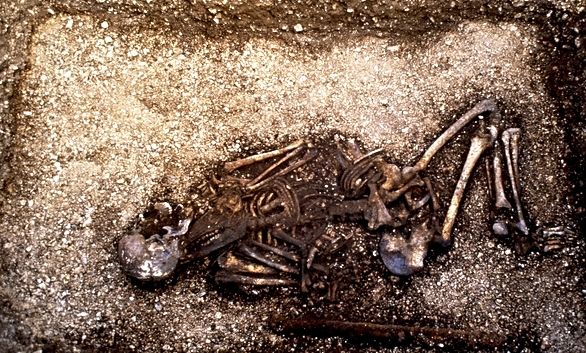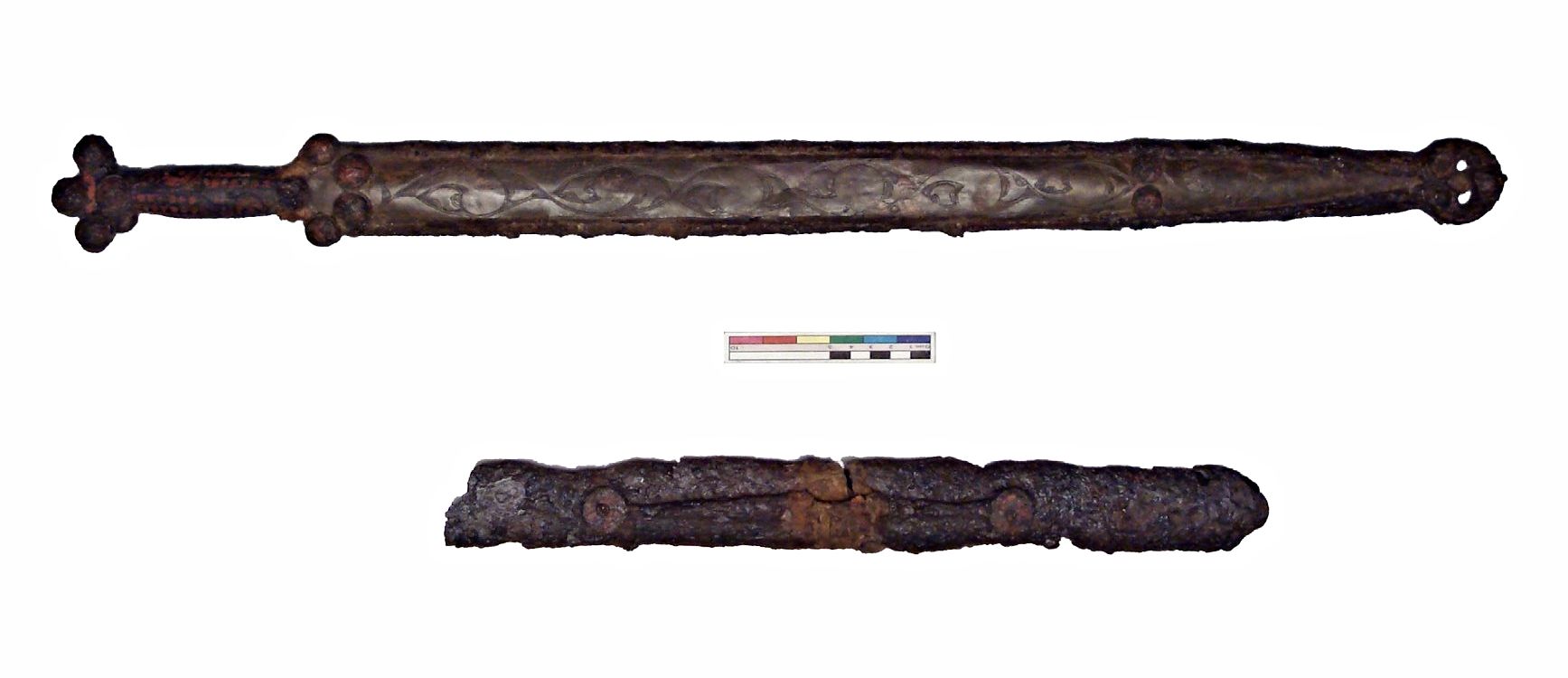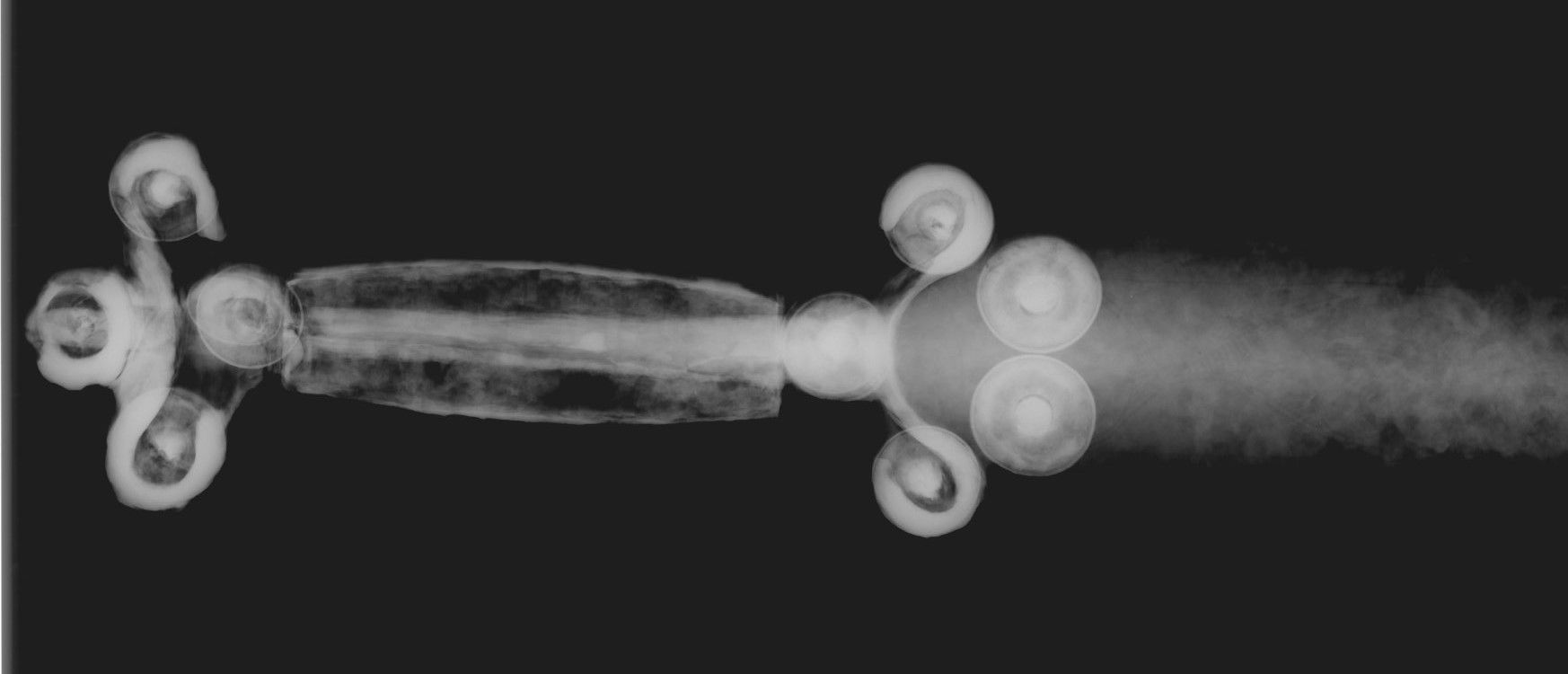The Kirkburn Sword
Dec 1, 2013 11:56:48 GMT
Post by Jack Loomes on Dec 1, 2013 11:56:48 GMT





Iron Age, 300-200 BC
From a burial at Kirkburn, East Yorkshire, England
Proabably the finest Iron Age sword in Europe. At this time in the Iron Age (300-200 BC) few people were buried in graves when they died. However, East Yorkshire was an exception and this sword was found in a grave excavated by British Museum archaeologists in 1987. The sword was found in Grave 3. It was buried with a man who was in his late 20s or early 30s when he died. He was an old man; very few Iron Age men lived to be older than 35 to 40. After the dead man was placed in the grave, three spears were thrust into his chest as part of the funeral ritual. Another man, of similar age, was buried in the same small cemetery, but with a chariot or cart.
The iron blade of a sword needed great time and skill to make and the sword as a whole is an incredibly complicated weapon and piece of art. The handle of this sword is unusually elaborate. It is made of thirty-seven different pieces of iron, bronze and horn. After it was assembled, the handle was decorated with red glass. The sword was carried in a scabbard made from iron and bronze. The polished bronze front plate was decorated with a La Tène style scroll pattern, and with red glass studs and insets.
The sword was clearly a valued object. The scabbard had been damaged and was repaired some time after it had been made, which might have been many years before it was placed in the grave with its final owner.
S. James and V. Rigby, Britain and the Celtic Iron Age (London, The British Museum Press, 1997)
Source: www.britishmuseum.org/explore/highlights/highlight_objects/pe_prb/t/the_kirkburn_sword.aspx

.png?width=1920&height=1080&fit=bounds)